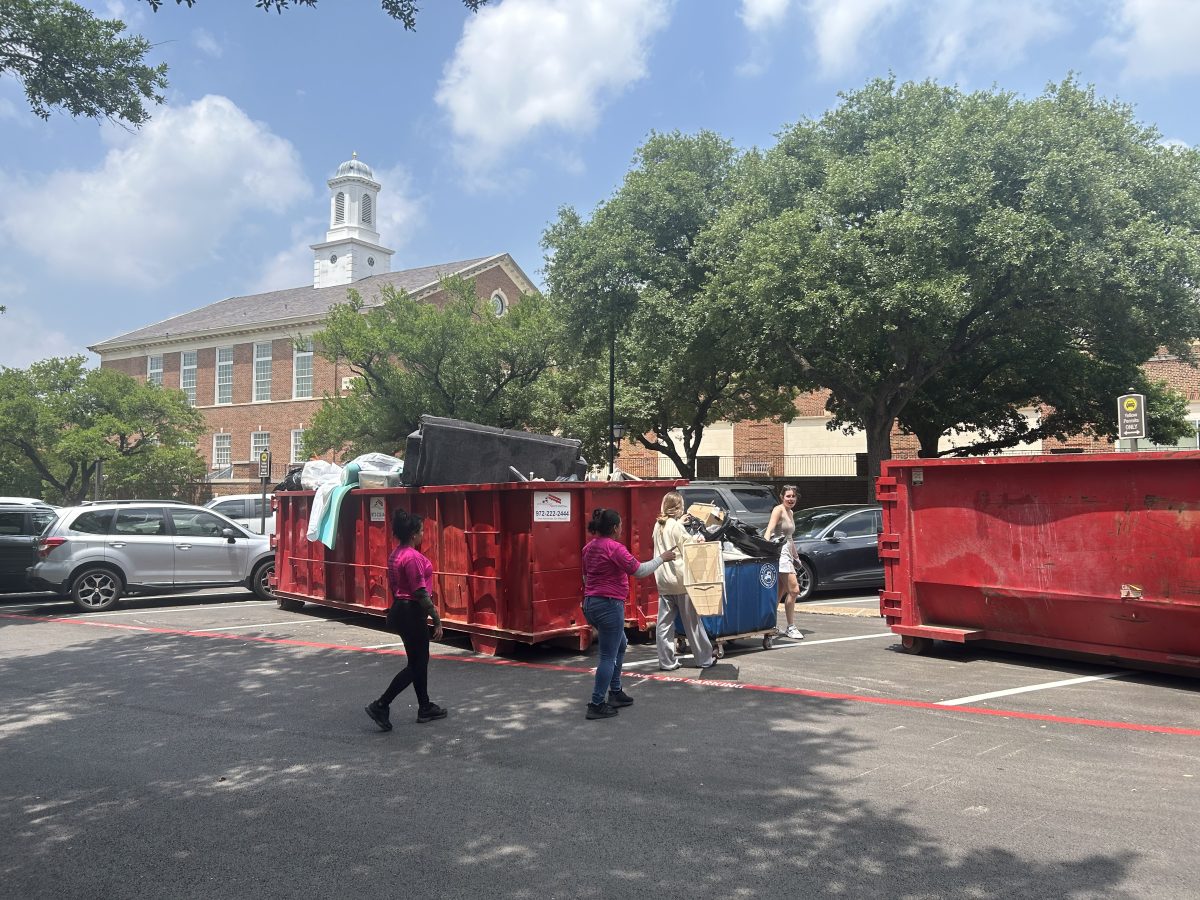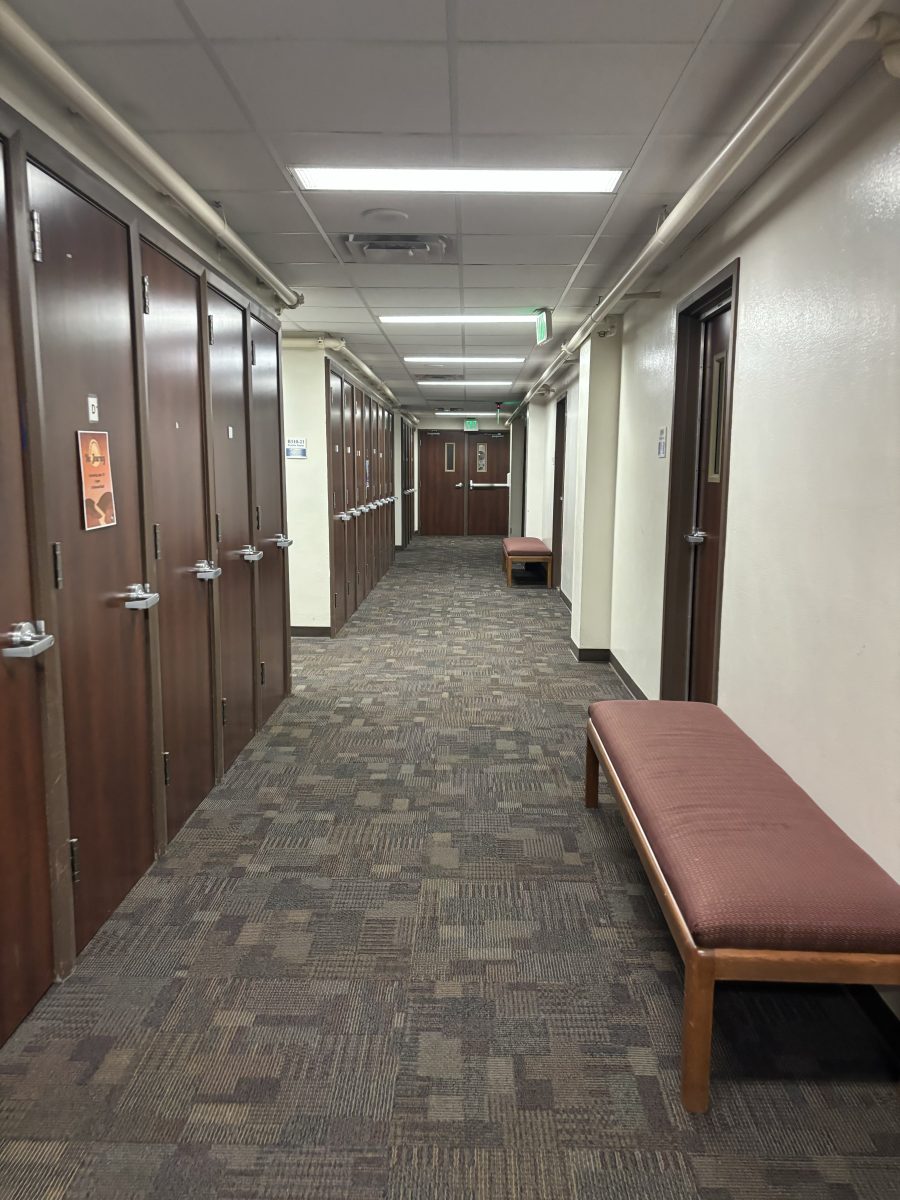It’s a Tuesday afternoon, so Matthew Kortlander is at Chick-Fil-A. It’s a ritual of his on Tuesdays and Thursdays. As the SMU freshman chows down on waffle fries and chicken nuggets, he declares, “Umphrey Lee sucks.”
Kortlander prefers going out to eating at the school cafeteria. He frequents places that take SMU’s Pony card and enjoys trips to Steak’N’Shake. He can’t estimate exactly how much money he spends per week on going out, but thinks it’s about $60.
“My parents pay for it,” he says, shrugging.
When asked if the economy has slowed down his spending, he says no.
“For Christmas I got tons of gift cards for all the restaurants I like to go to,” he said. “Maybe I go out to eat even more now.”
Kortlander is just one of the SMU students who continue to spend money on food near campus, prompting nearby restaurants to think, “Recession? What recession?” Employees at Chick-Fil-A, Smoothie King, and Stromboli’s all report that business has boomed since school has been back in session. Even Olivella’s, which offers pricier fare (a pizza can run for $25), reports steady student traffic. SMU students continue to fund and fuel nearby restaurants, dropping on average, they say, of about $50 per week on eating out.
Chick-Fil-A manager Griselda Estrada is glad to see students back on campus.
“During December, when they’re gone for the holidays, it’s completely dead,” she said.
Now the restaurant is anything but. Estrada estimates that between 100 and 200 customers come in per day, and the majority of those customers are students from both SMU and nearby Highland Park High School. Lunch and dinner are especially busy times, with students spending about $6 per meal, she said.
Smoothie King employee Gilbert Flores notes that when school is in session, there’s a constant flow of consumers. Flores has worked at Smoothie King for four years and said that the economy has made little difference in student traffic. Summer is a different story, where business can be good some days, but not others.
“Students are our business,” he said.
According to Juan Ornelas, who has worked at Stromboli’s for two years, the pizza place is also doing well. Ornelas agrees that students bring in the bucks, and business goes down as much as 50 percent during holidays. But now that the semester’s in swing, he sees 70-80 students per day, spending about $10. Ornelas estimates that 50 percent of Stromboli’s business is student-based, and that the amount hasn’t changed in the down economy.
“Parents are giving students money that they can spend wherever they want to,” he said.
Ornelas has seen a decline in other customers, but maintains that students keep spending.
Other lower-priced restaurants around the country are reporting steady business. In January,, fast-food chain McDonald’s reported a 7.1 percent rise in sales for the last quarter. The company also has plans for a $2 billion expansion, including 1,000 new restaurants.
The slightly more expensive Olivella’s near campus also continues to do well. Manager Jennifer Bowes, who attends SMU, said that during the December break, daytime traffic was slow, although Highland Park residents kept nights busy. Bowes says that now that students are back, business is picking up. She notes that while professionals have started to cut back on business lunches, the average SMU student still spends between $12 to $20 on an individual meal, and that a group will fork over anywhere from $35 to $70.
“Most of the students at SMU [have] their mommies and daddies buy them everything,” she said.
But plenty of SMU students interviewed spend their own money. Junior Caitlyn Fuller still eats out about three to four times a week. But due to the economy, she’s scaled back to spending $25 a week instead of $40.
“Instead of grabbing something from a fast-food place, I’ll take a sandwich,” she said.
Freshman Jessica Hawks also tries to keep her off-campus meals in check.
“As a freshman I try not to spend as much on food because of the meal plan,” she said.
Hawks limits herself to $10 a week on eating out, and looks for deals. She likes Goff’s Hamburgers because of their Tuesday night student special.
Senior Nour Abusaad and junior Sammy Khalil also drop their own dough. Both eat out at least five times a week and spend $50-$60. Neither feels especially affected by the economy, but both are making small changes. Abusaad orders less at his favorite fast-food restaurants, and Khalil eats at home occasionally to save a few dollars.
Even those students who don’t pay for their food are trying to be careful. Sophomore Elizabeth Karody goes out to eat every other day because she doesn’t like to cook. She likes Eatzi’s, Sushi Zushi, and Celebrity, and spends about $40 a week. But she says that she still takes the economy into account.
“It’s always in the back of my mind,” she said. “I would never buy the most expensive thing on the menu.”








